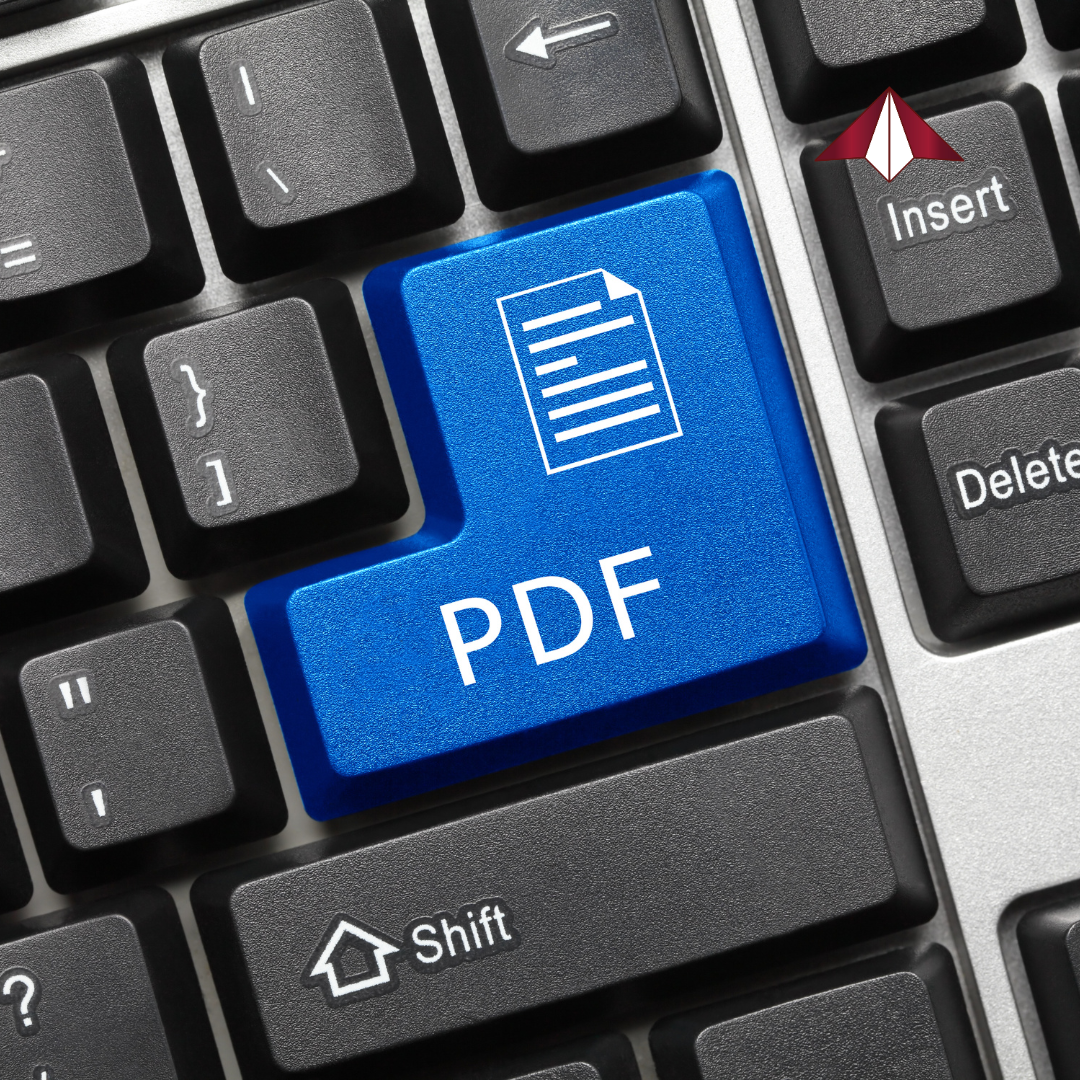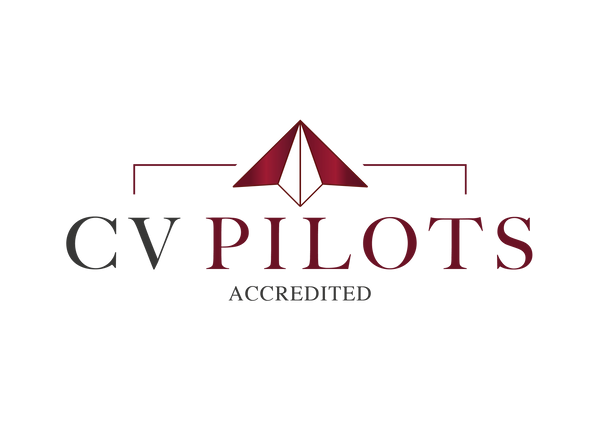
FAQ: Will a PDF Break ATS? What File Type Should Executives Use?
📌 This article is part of our Quick Wins & ATS Mastery series. If you’re just joining us, start with The 10-Minute ATS Fix: Simple CV Tweaks That Boost Interviews, followed by Keywords That Matter: How to Mirror Job Descriptions Without Keyword Stuffing, Formatting That Survives ATS Parsing (Without Looking Ugly to Humans), How Recruiters Skim: 6-Second Test for Your Executive CV, Applicant Tracking Systems in 2025: What Changed and What Hasn’t, and Cover Letters That Get Read in the ATS Era. This is the final post in this ATS Mastery series.
When applying online, many executives wonder: can ATS read PDF files, or will it break the system? The truth is, while modern ATS can usually parse PDFs, Word files remain the safest choice. Knowing when to use each format can help you avoid costly mistakes.
The answer isn’t as simple as “always one” or “never the other.” While PDFs are clean and consistent in appearance, not every applicant tracking system (ATS) parses them perfectly. On the other hand, Word documents are almost universally ATS-safe — but they don’t always preserve your formatting exactly as you intended.
So, what’s the safest file type to use in 2025?
The Case for Word Documents
Microsoft Word (.docx) remains the most widely accepted file format for ATS.
- ATS can read Word files reliably.
- Formatting is less likely to break in parsing.
- Recruiters often prefer Word files because they can copy and paste text into their databases.
👉 FAQ: Is Word the safest file type for ATS?
Yes. A .docx file is the safest choice if the job posting doesn’t specify another format.
The Case for PDFs
PDFs have the advantage of preserving formatting perfectly across devices. What you see is exactly what the recruiter sees.
- Great for emailing directly to recruiters or headhunters.
- Ideal for printing or sharing outside of an ATS portal.
- Keeps layout consistent.
But the risk? Not every ATS handles PDFs equally well. Some older systems may misread tables, fonts, or spacing — meaning your CV content could be jumbled or incomplete.
👉 FAQ: Do PDFs always break ATS?
No. Most modern ATS can now parse PDFs accurately — but not all. That’s why PDFs carry a higher risk than Word files.
When to Use Each Format
The safest strategy is to adapt based on the context:
- For ATS applications: Submit a Word file (.docx) unless the employer specifically requests a PDF.
- For direct recruiter emails: Use a PDF so your formatting is preserved exactly.
- For networking or printing: Always use PDF to avoid unexpected formatting issues.
🎯 Not sure if your CV has the right keywords or ATS formatting?
Our Professional CV Review gives recruiter-level feedback and a clear
action plan. Right now, you can save £60 with code PCVR60
Hybrid Approach: Word + PDF
A smart tactic is to keep two versions of your CV:
- An ATS-optimised Word file for online applications.
- A PDF version for direct recruiter contact and personal use.
This ensures you’re covered in every situation.
👉 FAQ: Should executives have both Word and PDF versions of their CV?
Yes. Keeping both versions ensures you’re prepared for ATS applications and recruiter networking.
Formatting Tips That Reduce Risk
No matter the file type, these practices improve ATS compatibility:
- Stick to standard fonts (Arial, Calibri, Times New Roman).
- Avoid images, graphics, or logos.
- Keep layouts linear and simple.
- Save PDFs as “text-based,” not “image-based” scans.
👉 FAQ: What’s the worst file type to use for ATS?
Never upload a scanned image of your CV or unusual formats like .pages or .odt. ATS can’t parse them, and your application may be rejected automatically.
Final Thought
So, will a PDF break ATS? In 2025, the answer is “not always” — but Word documents are still the safer bet for online applications. The smartest move for executives is to maintain both versions: a clean Word file for ATS submission and a polished PDF for recruiter outreach.
✅ Next Step: Unsure whether your CV is truly ATS-ready? At CV Pilots, we test CVs against today’s ATS platforms and highlight where formatting or file choice could cause problems.
🎯 Take the Guesswork Out of Job Applications
Ready to stop second-guessing your CV and start standing out? Our tools are
designed to give you a competitive edge:
CV Reviews – Save £60
Get recruiter-level feedback on content, structure, and ATS compatibility, plus a
personalised action plan. Use code PCVR60 at checkout to save £60.
CV Template Bundles – Save £40
Prefer to draft your own CV? Our ATS-friendly templates include a storytelling framework,
scorecard, checklist, and metrics tracker — everything you need to create a CV that gets
~noticed. Use code CVTB40 to save £40.
These resources strip away the guesswork so you know exactly what recruiters and
ATS systems are looking for.
📌 This article is part of our Quick Wins & ATS Mastery series. If you’re just joining us, start with The 10-Minute ATS Fix: Simple CV Tweaks That Boost Interviews, followed by Keywords That Matter: How to Mirror Job Descriptions Without Keyword Stuffing, Formatting That Survives ATS Parsing (Without Looking Ugly to Humans), How Recruiters Skim: 6-Second Test for Your Executive CV, Applicant Tracking Systems in 2025: What Changed and What Hasn’t, and Cover Letters That Get Read in the ATS Era. This is the final post in this ATS Mastery series.

